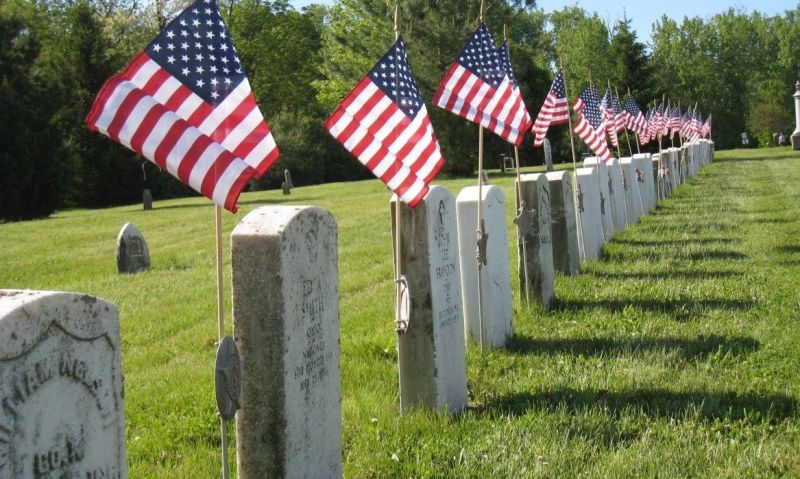
High school teacher, students help right historic injustice
A simple question turned into an historic journey during high school history teacher Paul LaRue’s final 12 years at Washington Court House City School District in Ohio.
On nice days, LaRue would sometimes take his students to the small city cemetery a few blocks from the high school. These trips were history lessons in themselves.
LaRue and his students would walk the cemetery grounds, read the headstones and talk about the veterans and others buried there. In one of the oldest sections were the graves of African-American Civil War veterans. In this part of the cemetery, many headstones and grave markers were missing or damaged. One of his students raised her hand and said simply, “Don’t these men deserve better?”
And that, said LaRue, started them on their journey. The cemetery superintendent, a veteran of the Vietnam War, pointed LaRue and his students in the right direction.
“We began to do research and figure out that we could get by working in partnership with the Department of Veterans Affairs,” he said. “The students researched, ordered and installed headstones.”
The students did most of the physical labor themselves following a lesson from the cemetery superintendent. The headstones each weighed around 230 pounds and are the same style seen in Arlington National Cemetery.
From 2002 to 2013, LaRue and his students installed more than 70 headstones across five cemeteries. The majority were for African-American Civil War veterans.
According to the National Archives, by the end of the Civil War, nearly 180,000 African-American men served as soldiers in the U.S. Army and another 19,000 served in the Navy. They served in all capacities the Union Army offered — from artillery and infantry to chaplains, spies, and surgeons. They served with distinction and honor in the battles at Milliken's Bend, La.; Port Hudson, La.; Petersburg, Va.; and Nashville, Tenn. Twenty-five Black soldiers received the Medal of Honor, including 16 by the end of the Civil War. However, prejudice and racial discrimination plagued the U.S. Army and segregation often followed them to their final resting places.
“Every veteran should have a marked grave,” said LaRue. “For my students, it was like they could not believe these veterans didn't have marked graves.”
The work by LaRue and his students captured the attention of Homer Lawson American Legion Post 653 in Washington Courthouse, Ohio. This post was one of only two historically African-American Legion posts in southeastern Ohio.
“They started to come out to the cemetery and watch the students work. And they kind of adopted us,” he said.
The post later honored LaRue by presenting him with Ohio’s American Legion Educator of the Year Award in 2003.
“It makes me proud of our community,” LaRue said. “We are a small rural community, and we were able to honor these veterans and start talking about some of these cemeteries and communities that have been marginalized. It's been an honor for me to kind of be part of this journey.”
LaRue, now retired, is a member of the Ohio State Board of Education and the Black History Bulletin editorial board. For those looking to find ways to serve in their own communities, he recommends starting small and when you find success, build on that.
“Do something to honor a veteran. You can partner with the local American Legion post and honor a member from the community.
“It’s the little things that matter,” he said.
